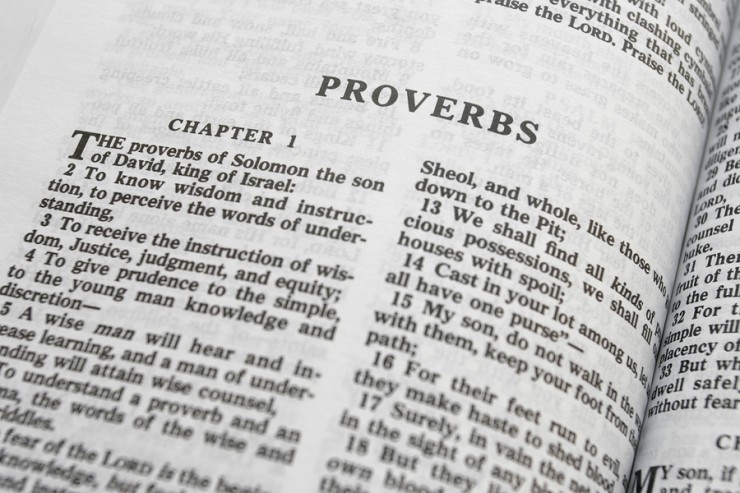With the cost of education skyrocketing over the past decade, you will probably want to begin saving as soon as possible if you plan to help your children with the cost of their college education. Whether you want your child to attend a Christian college or a secular school, you probably want to add a budget line item for their college savings so that it is a regular part of your financial plan.
For the 2012-2013 academic year, the average cost for a standard academic year of college (including books, tuition, room and board) was $22,261 for in-state public tuition and $43,289 for a private school, according to collegedata.com. Despite the expense, it is possible to fund a college education on less than $50 per week.
Start Small — Finish Big
The earlier parents establish a saving plan for college, the more time there is to watch investments grow. Even small regular deposits over 18 years can pay for the first full year of college or more. For example, if you start making monthly deposits of $50 into an account earning 2% (the top rate for most accounts today) when your child starts first grade, your investment will grow to more than $8100 before high school graduation. Double that to $100 a month and the account will be worth $16261 — more than enough to cover the first year if your child lives at home.

Take Advantage of Tax Incentives
A saving plan that allows tax-free distributions called the Coverdell Savings Plan allows parents to put up to $2000 a year (that is less than $40 a week) into an interest-earning account. The funds are not tax-deductible; however, your child will not pay tax on the earnings as long as the money is used before the child reaches the age of 30 and the money is spent on education.
Series EE Government Bonds
With interest at such low rates, some people don’t consider government savings bonds a great investment. However, this is one tool where you are guaranteed that your invest will at least double in a twenty year window.
You buy EE Bonds at half the face value — $25 for a $50 bond, $50 for a $100 bond, and so on. These bonds start earning money immediately and interest is compounded twice each year, so you earn interest on interest. You can pay tax on the earnings each year, or wait until your child cashes the bonds to pay for college.
Interest rates are fixed, but if the interest surges in the future, you can sell the bonds early and buy new bonds at a better rate. There is a penalty of 3-months earnings if you cash out within the first five years. Unless interest rates return to 4% or 5%, cashing out probably isn’t the best option.
Another Look at Simple Savings
If you watch interest rates carefully and convert simple savings accounts into a CD Laddering plan when interest rates go up, you can earn more money. Even increasing your weekly deposits slightly can make significant differences. For example, if you start your savings account with $1000 today in an account paying only .25%, and make weekly contributions of $40 over the next ten years, your balance will grow to more than $22,000.
One popular savings challenge that makes its way around the internet every now and then is the weekly savings challenge. The basic premise is to deposit an increasing amount each week. Start with one dollar the first week, two dollars the second, up to fifty-two dollars the last week of the year. Even without interest, you save almost $1400 each year.
We suggest following the same goal, except in reverse. This way, it will get easier and easier to save the money. Plus, you’ll get more of a return on the interest you are earning, assuming you are using a savings account. If you use that money to buy bonds, you are on the way to doubling your investment.
There are many ways to fund an education from 529 state sponsored plans and Coverdell accountsm to CDs and government bonds. The key is to get started early!







 Unfortunately, consumerism has taken over our society. It is estimated that the average person sees thousands of advertisements a day. Whether it’s on a billboard, the side of a bus, in a store or on television, we are surrounded by the message that in order to feel good we should spend. This is especially true now that the Christmas season is well underway. We tell ourselves that we must buy things for the people we care about, even if it means putting it on a credit card.
Unfortunately, consumerism has taken over our society. It is estimated that the average person sees thousands of advertisements a day. Whether it’s on a billboard, the side of a bus, in a store or on television, we are surrounded by the message that in order to feel good we should spend. This is especially true now that the Christmas season is well underway. We tell ourselves that we must buy things for the people we care about, even if it means putting it on a credit card.




